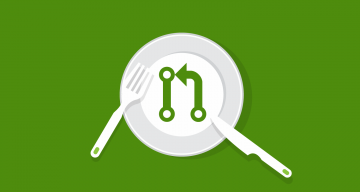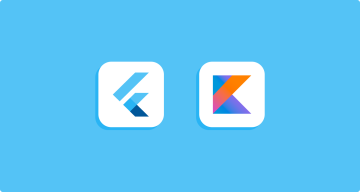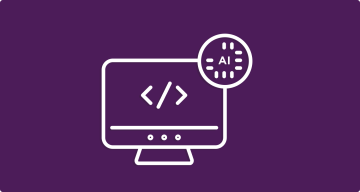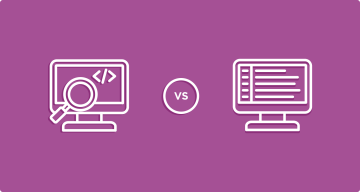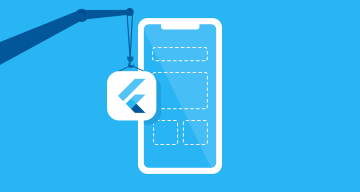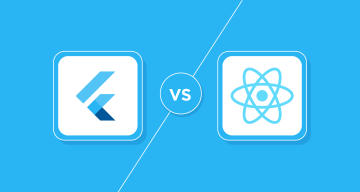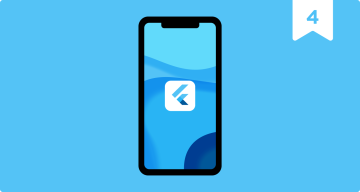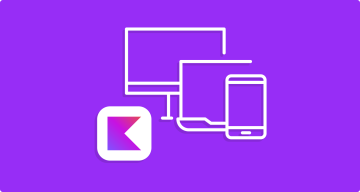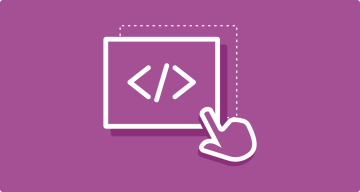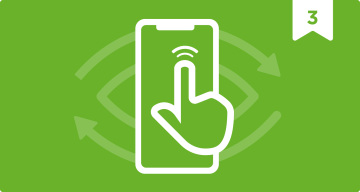What is Application Security? All You Need To Know Guide
Uncertain about how to secure your application or which steps to take? You’re not alone – every aspiring digital product creator has faced this challenge. As app development experts with over a decade of experience, we understand how confusing it can be at the start. That’s why we’ve crafted this guide to help you master […]




